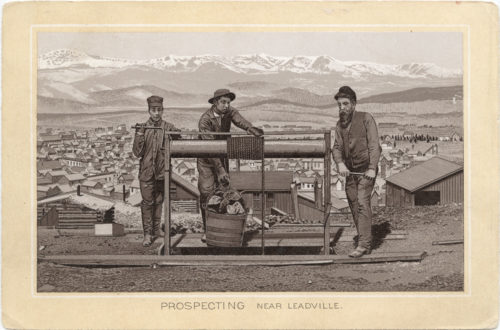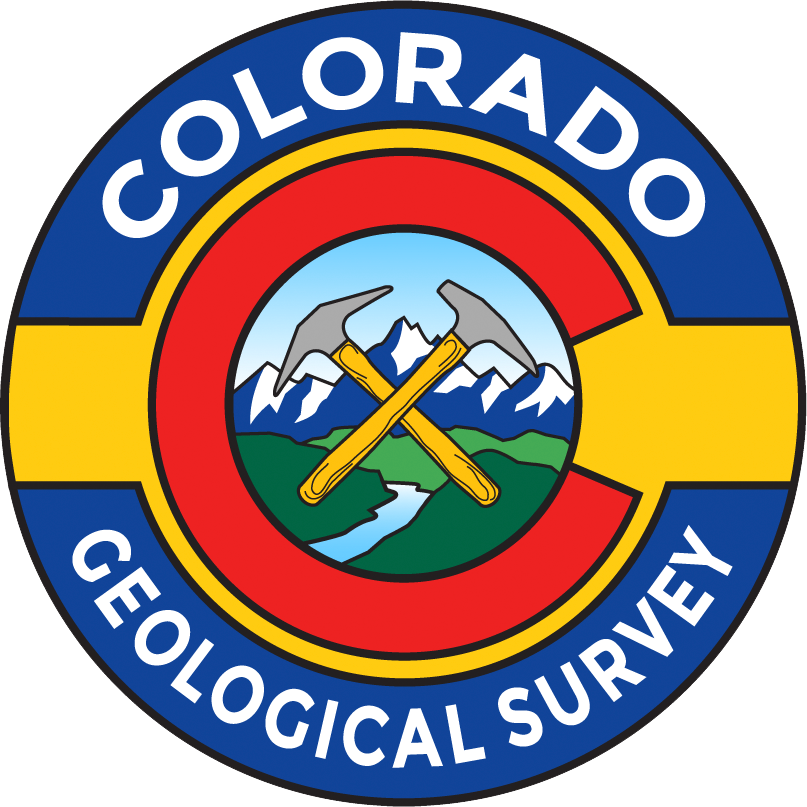
Mines and Minerals: the early Survey
1909-03-11 | CGS Admin
While a number of brilliant men have in past years held the office of Colorado State Geologist, it is no disparagement to them to say that their work produced few tangible or lasting results. The fault was the state’s and her legislatures’ previous to that of 1907.
Limited by niggardly appropriations for carrying on investigation of the state’s mineral resources, refused money for publishing and distributing maps and reports, it is little wonder that the office holder oftentimes became discouraged by the lack of cooperation and support that should have been his. It is little wonder that the office itself came to be regarded as a sinecure. But when the legislature of 1907 enacted the law creating the new State Geological Survey, it entirely changed the old order of affairs. If it had no other piece of legislation to its credit, this act alone entitles it to the regard of the mining industry of the state.
It will be recalled that the act appropriated $5,000 per annum for carrying out the work outlined in the measure. This amount was pitifully inadequate to start the vast undertaking the work has proved to be. Moreover, a difficult situation was much aggravated by placing the appropriation for the Survey in the fifth class. This had the effect of delaying the time at which the funds became available till April, 1908, and necessitated the work of the Survey being done on credit for nearly a year.
In spite of the handicap, a highly creditable amount of work has been done, which is to be credited rather to the persistence and enthusiasm of the State Geologist, Mr. R. D. George, and his assistants, than to a desirable amount of support from the state treasury. The plan of having the majority of the members of the Survey drawn from the faculties of the University of Colorado, and the Colorado School of Mines, seems to have worked out well, as the large amount of work accomplished at a comparatively small cost indicates admirable cooperation of the various members.
These first tangible results ever produced by the State Survey are as follows: The mapping of 110 square miles about Hahn’s Peak; of 90 square miles including the Boulder tungsten fields; of the sedimentary formations flanking the foot-hills (rom the Wyoming line 75 miles south; and of 22 square miles of Summit County adjacent to Montezuma. In addition, a complete topographic map of the state has been compiled on a scale of 8 miles to the inch, while a special map showing the various metalliferous deposits of the state is nearing completion. The work of compiling a complete bibliography of the geological literature of the state is likewise well under way.
Among other works of special importance should be mentioned the preparation of special reports, now under way, descriptive of the clays, building stones , cement materials, etc., of the state as well as two bulletins devoted to its descriptive geology.
To show the already great demand, constantly growing, for information concerning the state’s mineral resources, it is only necessary to note the hundreds of inquiries received by the State Geologist, many of them from such foreign countries as England, France, Germany, Belgium, Italy, and Canada.
The total cost to date of all this two years’ work is but $7,000, leaving a balance of nearly $3,000 for the purpose of publishing the reports. Incidentally it may be remarked that this amount is insufficient to publish the one large topographic map of the state previously mentioned.
It is worthy of note that far from usurping the work of the National Geological Survey, the State Survey has accomplished the work that would have long been delayed into the indefinite future if left to the former. It has everywhere cooperated with the National Survey and nothing better indicates the latter’s attitude than its anxiety to cooperate with the State Survey in completing the topographic mapping of the state, half of the cost to be borne by the state and half by the government, while the choice of the areas is to be left to the state.
From the foregoing, it is obvious that the work of the Survey has completely vindicated the confidence of those who insisted upon its establishment in 1907, and justifies it in asking the new legislature for an increased appropriation to carry on the good work.
It is understood that the amount asked for will be $20,000. The legislature of the state of Washington has been asked by representative mining men backed by the Spokane stock exchange and by the Chamber of Commerce to appropriate $50,000 for a similar work, of which $20,000 is asked for publication purposes. Under the circumstances, therefore, Colorado’s request for but $20,000 appears modest.
It is safe to say that in no better way can the state encourage the development of its vast mineral wealth than by giving its Geological Survey adequate financial support.

